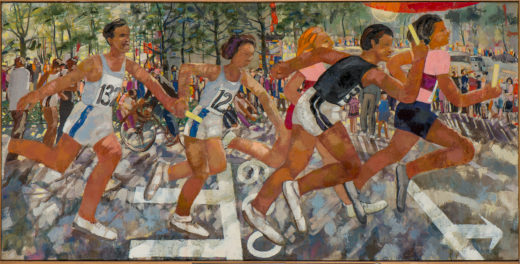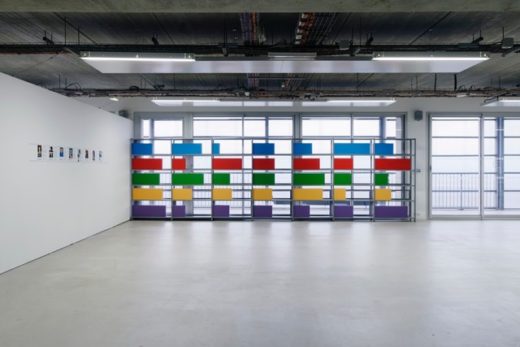Print Content / Volume 9 Issue 2
—
Free Content © 2020 ARTMargins and the Massachusetts Institute of Technology
by Nicos Hadjinicolaou ·
Art Centers and Peripheral Art [A Lecture at the University of Hamburg, October 15, 1982]
Change in the history of art has many causes, but one often overlooked by art historical institutions is the complex, unequal set of relationships that subsist between art centers and peripheries. These take many forms, from powerful penetration of peripheral art by the subjects, styles and modes of the relevant center, through accommodation to this penetration to various degrees and kinds of resistance to it. Mapping these relationships should be a major task for art historians, especially those committed to tracing the reception of works of art and the dissemination of ideas about art. This lecture, delivered by Nicos Hadjinicolaou

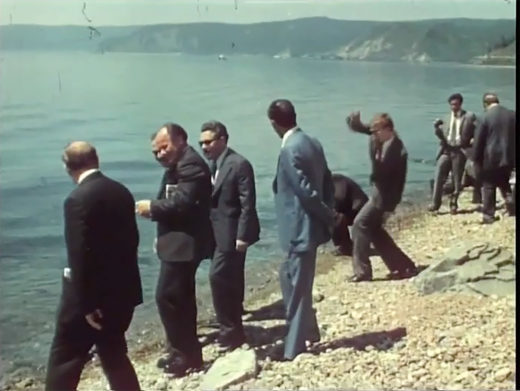
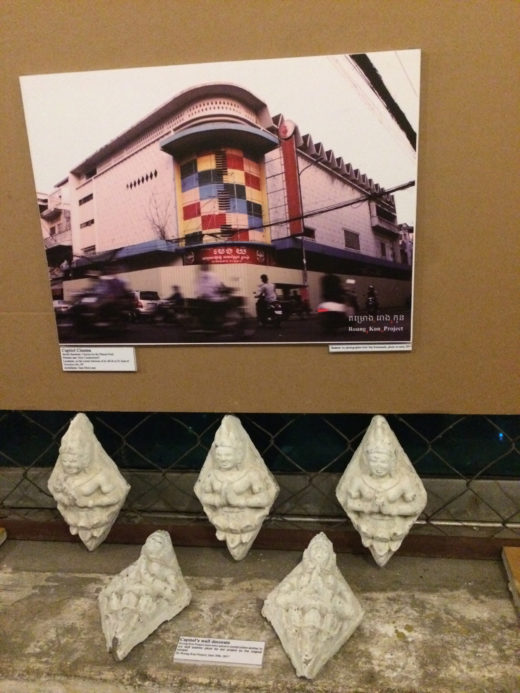
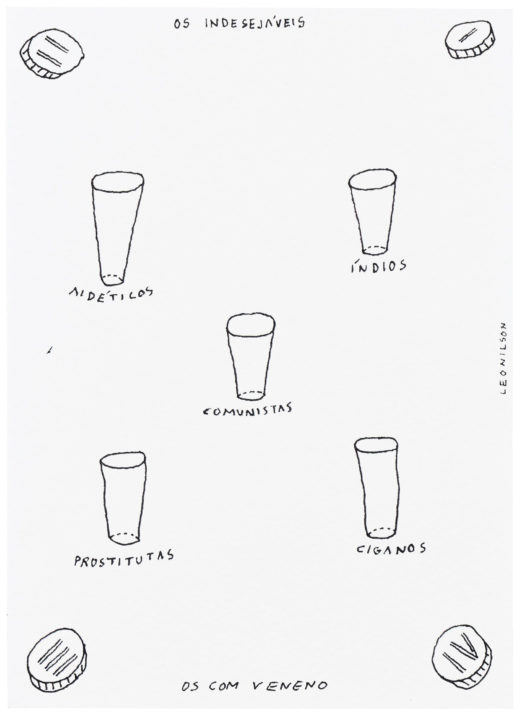


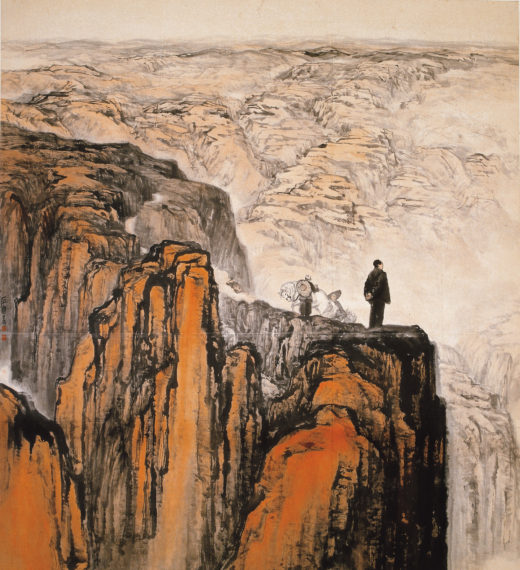


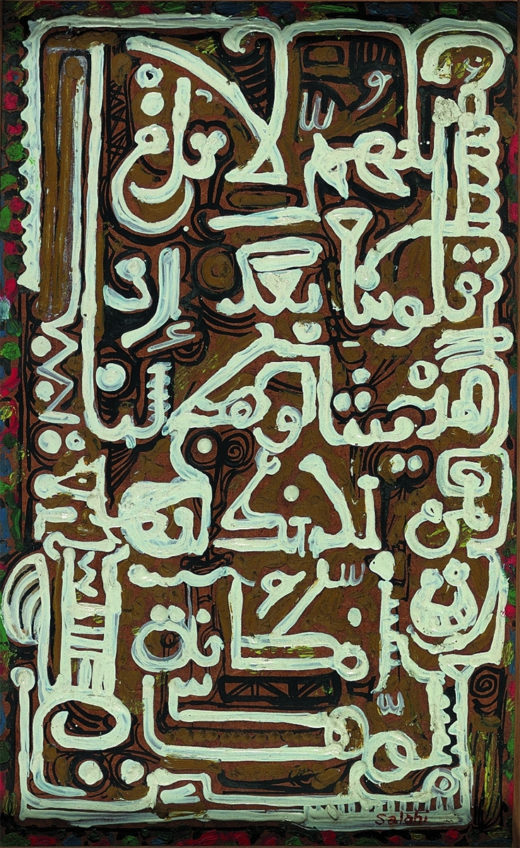
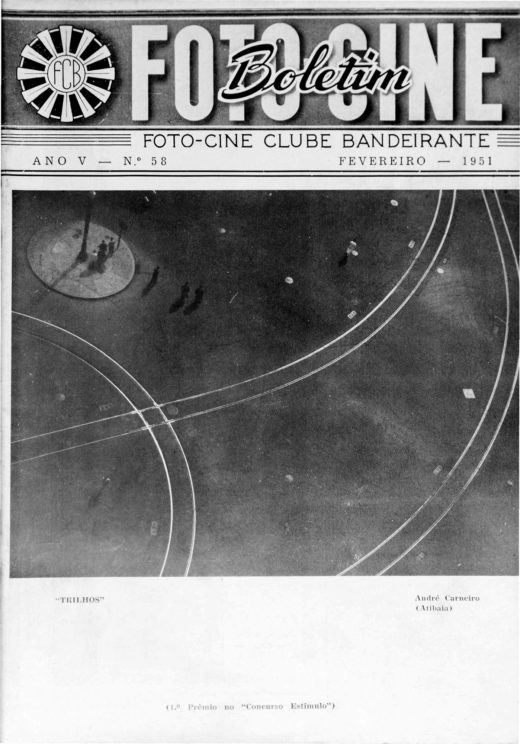
![Vlado Jakolić, Photograph from Izložba žena i muškaraca [Exhibition of Women and Men], June 26, 1969, Galerija Studentskog centra, Zagreb. Image courtesy of Arhiv za likovnke umjetnosti HAZU, Zagreb, Inv. no.: SC-46/F1.](https://artmargins.com/wp-content/uploads/2019/02/ARTM-Ilic_f02-520x358.jpg)
